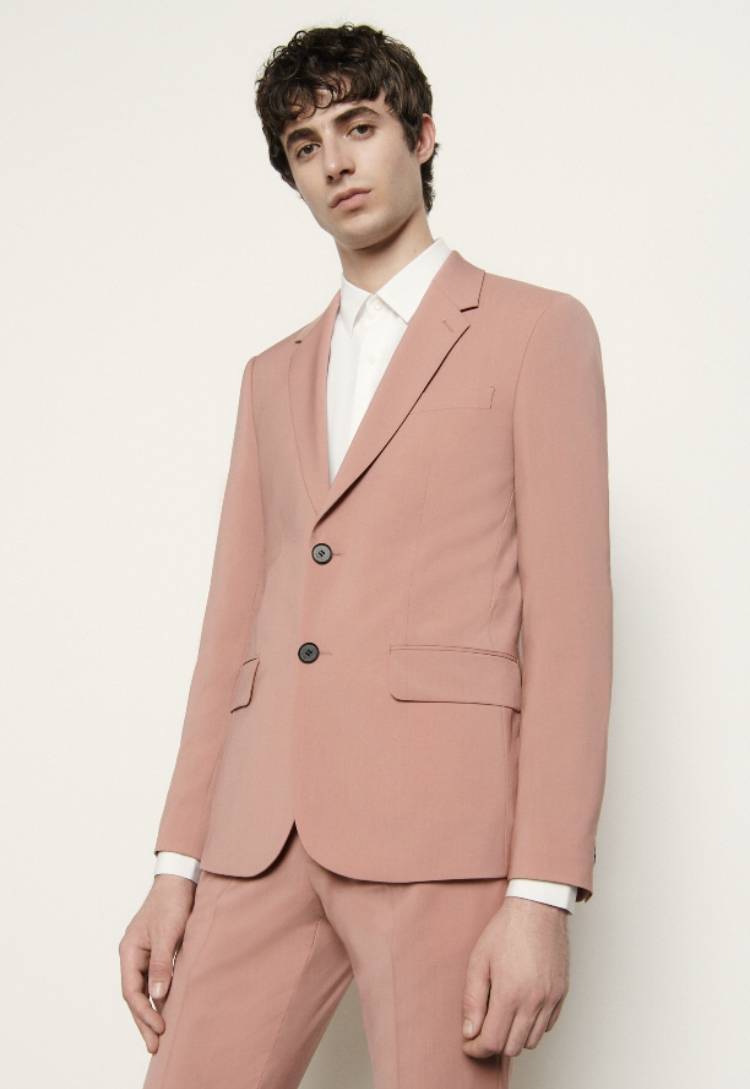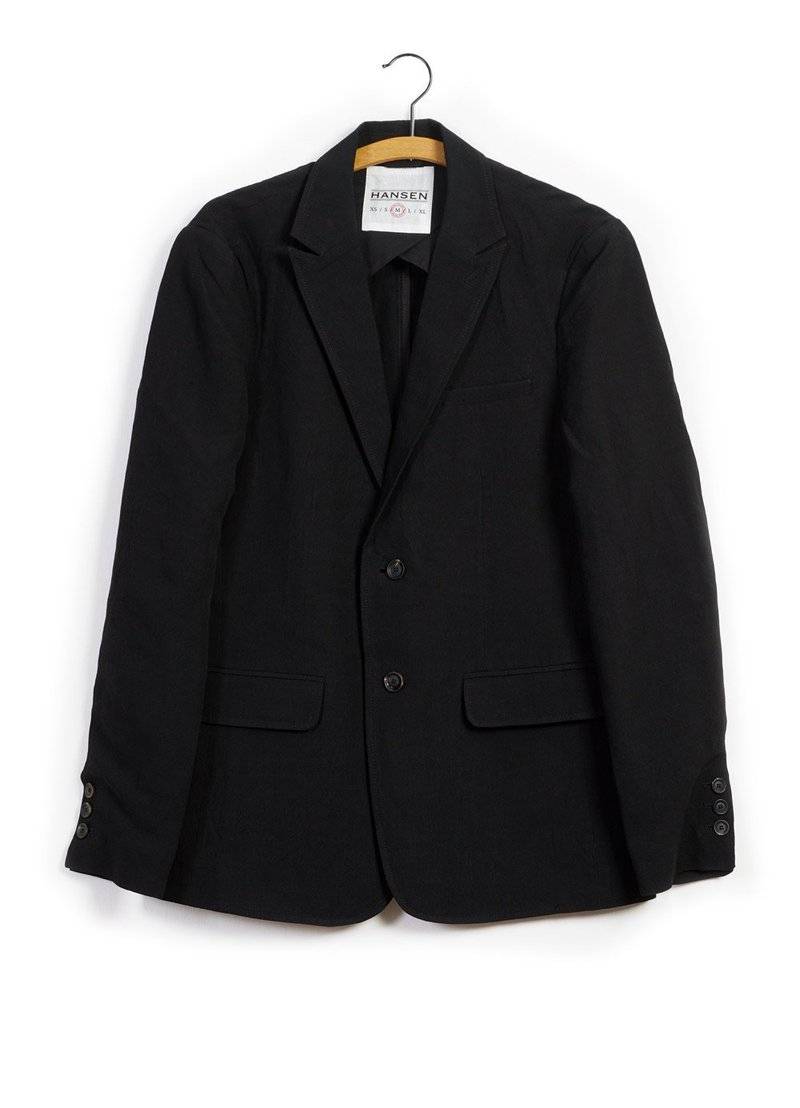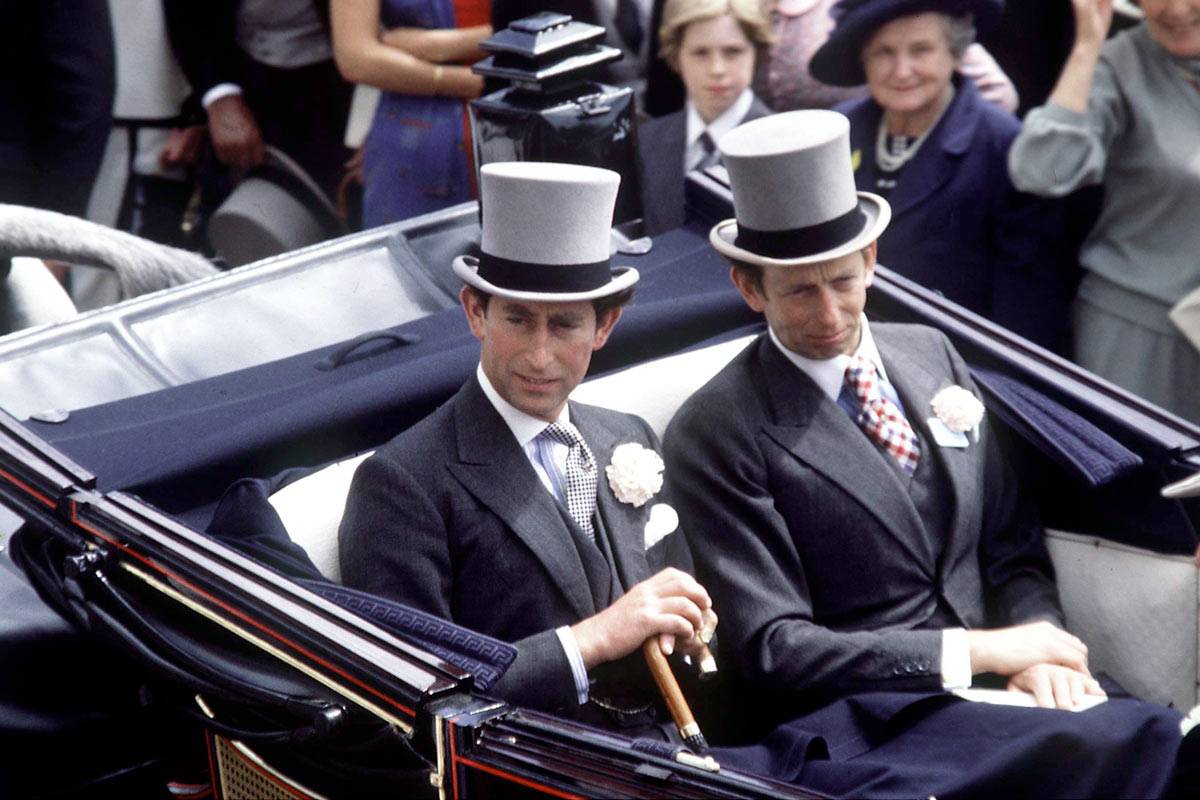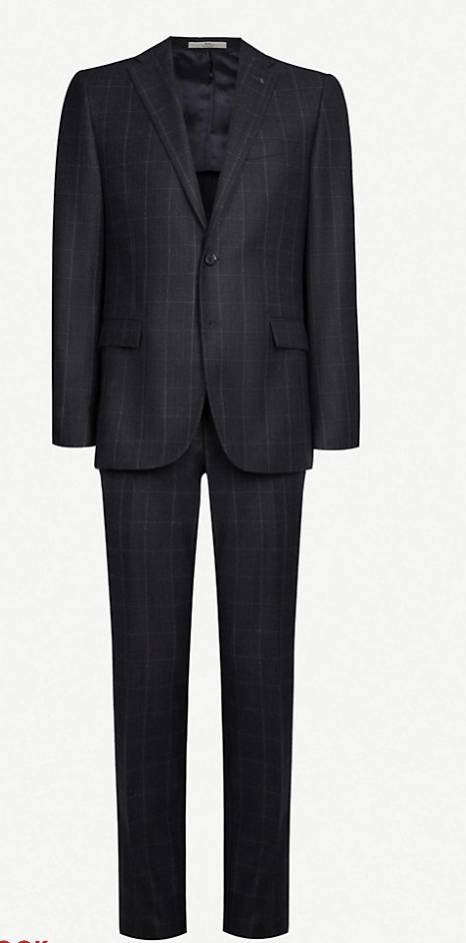The suit has become a hallmark of classic men’s style. They’re worn the world over, and for as many occasions as you could think of.
However, this ‘timeless’ cut of clothing hasn’t been around forever. Let’s wind back the clocks to understand where the suit came from, how it’s changed over time, and how we can reinterpret each suiting style into casualwear today. Suit wearers have looked dapper for centuries!
Velvet and Silk – the Flamboyance of the Royal Court
If you break it down, a suit is a set of garments made out of matching cloth. This means we can look as far back as the Royal Court Dress of the seventeenth century to find the first suits.
Court style looked very different from what we might wear today. They wore white wigs for a start, as well as knee breeches which were short trousers covering only the top half of the leg. However, their long jackets, breeches, and waistcoats tended to be made from the same, brilliantly colourful materials. They were often very fine, silks or velvets for example, and lavishly embroidered. Already, there was a penchant for smart-looking, matching pieces of cloth.
By the eighteenth century, court dress changed a little. Many European courts created uniforms which members of the royal family and their intimate circle should wear. They were militaristic in style, abandoning some of the pomposity of the former versions of the dress. The outfits were made of more practical materials and individual expression was surrendered for the sake of uniformity.
 So, what can we wear today to reference back to this time of pomp and flamboyance? Brightly coloured suits are still popular, especially in the summer months. This single-breasted wool Sandro piece, for example, combines a simple silhouette with a stand-out hue. It’s a great suit jacket for if you want to make a statement, whoever you’re entertaining!
So, what can we wear today to reference back to this time of pomp and flamboyance? Brightly coloured suits are still popular, especially in the summer months. This single-breasted wool Sandro piece, for example, combines a simple silhouette with a stand-out hue. It’s a great suit jacket for if you want to make a statement, whoever you’re entertaining!
Neckties, Dandyism, and Regency Dress
The first significant step towards suits we’re familiar with today occurred in the early nineteenth century thanks to British dandy Beau Brummell.
Brummell was known as a man about town, close friend to future King of England George IV, and general arbiter of fashion. He was a trendsetter within the upper echelons of society and had new ideas about how men should dress.
Instead of the extravagant garments that had come before, Brummell introduced a more simplistic, well-cut look around the turn of the nineteenth century. Rejecting frills and unnecessary decoration, his attire comprised of a darkly-coloured tailcoat, pale trousers and waistcoat, and a cravat. The overall look was muted, subtle, and smart. Thanks to his undeniable influence, the style caught on.
There is a debate about whether Brummell should be the sole receiver of this praise. Some argue that his look was in fact inspired by post-revolutionary French suits which also comprised of tailcoats, double-breasted waistcoats, and full-length trousers. The jury is out on this one! But, we know we owe a lot to this period for the subtle sophistication of suits today.
 Since Brummell (or French post-revolutionaries) introduced the muted suit all that time ago, it’s never gone out of style. Just take a look at HANSEN Garment’s Christoffer two-button blazer as an example. The piece is beautifully tailored with high lapels, a slit in the back, and flap pockets on the front. Made from an Italian linen and viscose blend, the blazer is comfortable and light to wear too. You can either sport the blazer on its own or pair it with matching trousers and waistcoat. It’s effortlessly sharp.
Since Brummell (or French post-revolutionaries) introduced the muted suit all that time ago, it’s never gone out of style. Just take a look at HANSEN Garment’s Christoffer two-button blazer as an example. The piece is beautifully tailored with high lapels, a slit in the back, and flap pockets on the front. Made from an Italian linen and viscose blend, the blazer is comfortable and light to wear too. You can either sport the blazer on its own or pair it with matching trousers and waistcoat. It’s effortlessly sharp.
The Industrial Revolution and Standard Daily Dress
A few decades later, at the beginning of the Victorian era, these changes to gentleman’s attire became widespread. The morning coat, a single-breasted coat whose hem sloped into tails at the back, had been considered informal. Its name gives us a clue as to why. This attire had been worn by nineteenth-century gentleman riding out on their horses in the morning – the definition of ‘informal’ has no doubt changed over the years! However, from the late nineteenth century, morning dress became acceptable attire for gentlemen. This was just in time too. A growing middle class of men who had benefited from the industrial revolution wanted something to wear. The morning coat was perfect.
 The lounge suit is another type of clothing that links back to this period and is most closely associated with the suits we see today. Previously, this garment had been worn for sports, in the country, or at the seaside. By the Edwardian era, however, the lounge suit was city attire too.
The lounge suit is another type of clothing that links back to this period and is most closely associated with the suits we see today. Previously, this garment had been worn for sports, in the country, or at the seaside. By the Edwardian era, however, the lounge suit was city attire too.
Instead of simply signifying class, the suit instead became a representation of who you were and what your occupation was. Pinstripes, for example, were closely associated with the banking sector. Banks’ uniforms consisted of suits with varying pinstripe patterns on them. Since this time, the pinstripe suit holds associations with money and being well to do. This sort of suiting is still very popular today, such as this checkered piece from Corneliani. The suit’s subtle checkered pattern references the pinstripe in a smooth, modest way. It’s made from 100% virgin wool so is perfect for comfort and to be taken seriously in.
The Interwar Period and Beyond
Our final era of suit development comes between the two world wars and the years that followed.
After the first world war, almost all aspects of daily life shifted, including what people wore. Finally, the impractical and slightly pompous morning coat with tails faded out of fashion. In its place, men wore shorter jackets, much like those in style today. The exact fit of the suits changed over the decades, varying between wider cut trousers and waistcoats which were no longer tight-fitting. The general ensemble kept very much the same and people’s social class was reflected in the finery of the material they wore, rather than the style itself.
After the world wars, suiting styles were even further democratised. Fabric rationing meant that more elaborate styles, such as the double-breasted suit jacket, fell out of favour. Suits became as practical as ever, cutting down on the detailing to create a garment which, perhaps for the first time, looked timeless.
In the intervening years, there have been many more adaptations of the suit such as the Mod suit of the sixties and Disco suit of the seventies. Detailing from workwear, the clothing worn by various labourers and craftsmen, has also merged into the popular suiting styles of today. The HANSEN Garments Nicolai four-button blazer in the colour north sea is a brilliant example. With a growing interest in the sustainability of our clothes, durable, practical, and versatile pieces are seeing a resurgence. Suits don’t have to be showy or indicate status. They can be beautifully-made, long-lasting pieces of clothing too.
There’s your roundup of how we’ve arrived at the suiting pieces we wear today. It’s fascinating to learn more about where each of these styles come from and the environments in which they were developed. Take a look at the modern interpretations of each era to feel that bit more connected to suiting history. And, if you need a bit of advice on how to put your suit together, look at our Gentleman’s Guide to Wearing a Suit. We hope you enjoy it!